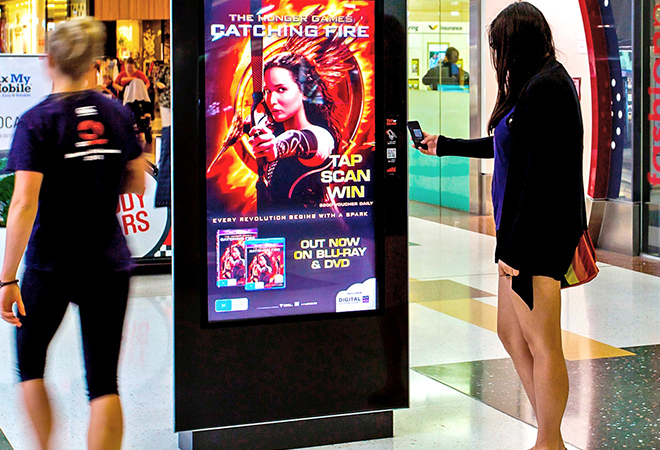
It’s a cold night in the Paleolithic Era. Your ancestors huddle naked around a glowing fire. They’re probably eating glyptodon, an extinct giant armadillo whose deliciousness was surpassed only by its stupidity. One of 
Life was hard back then.
Fast-forward 12,000 years. We order Chipotle from our Smartphone because we can. And, it tastes a LOT better. Technology makes life easier.
The same trend applies to advertising. “Creative” used to mean thinking of words that rhyme with “soap flakes”. Now, agencies employ more artists than the Medici, and billboards literally change with the weather. But, behind the scenes there is still a group living in the metaphorical Stone Age. They are, at this very moment, huddled around glowing computer monitors, wondering if they have time to eat lunch today. They are media buyers and sellers, The People of the Spreadsheet, and they would kill for a break – let alone a bite of delicious glyptodon.
It turns out technology can also create problems. Spreadsheets are so good at organizing data that every media buyer and out of home (OOH) advertising seller has adopted them in “their own special way.” Everyone uses spreadsheets, and everyone uses them differently. According to a recent analysis, the average buyer has to download and organize over 35 different files each time they create an OOH campaign. That’s a massive amount of “digital labor.”
Media buyers spend hours of every day and weeks of every year – years of their lives – transcribing data from one proprietary spreadsheet or system to another. These aren’t people who were destined for careers in data transcription. These are Ad Men and Ad Women, the cream of the crop – expert strategists. Pivot tables and maps are cool, but making them isn’t a good use of the industry’s best and brightest.
There is an answer to this conundrum, but it isn’t an easy fix. Technology is a part of the solution. But, the only thing that can eliminate the burden of digital labor, the only source of salvation for the People of the Spreadsheet, is a unified structure for OOH data.
Standardized and structured data would let industry leaders use technology to streamline workflow and apply data. Uniform datasets are like slow-roasted glyptodon to a computer – they can’t get enough of the stuff. And, computers love to share their “food.” When computers can easily move data between different platforms and companies, it will spell the end of painful digital labor for media buyers and sellers.
Right now, the industry’s non-standard data looks more like cafeteria mystery meat: there is a lot of it, it’s tough to swallow and everyone who eats it gets sick. Computers don’t want to ingest that; they certainly don’t want to share it with other computers. That’s why media buyers and sellers are sick of data transcription.
It is time for the OOH industry to evolve in the same way humans have been evolving since the Paleolithic: cooperation. Agencies and vendors can work together with technology partners to standardize data and solve the challenge of fragmentation. Industry leaders need to make a decision about the future of OOH advertising. Will the media experts of tomorrow be ignoble masters of data transcription? Or, will they embrace technology and ring in a new Golden Age of strategy and creativity?
Thought leaders in OOH advertising love to say the medium empowers creative teams to “think big.” But, the ever-growing problem of digital labor is driving brainstorming sessions and big ideas to the brink of extinction. Meanwhile, other digital and traditional advertising platforms have been free from the threat of data fragmentation for nearly two decades. If OOH wants to survive as the creative heart of the advertising industry, we need to kill digital labor before it kills us.
Download the PDF
Published: November 30, 2015